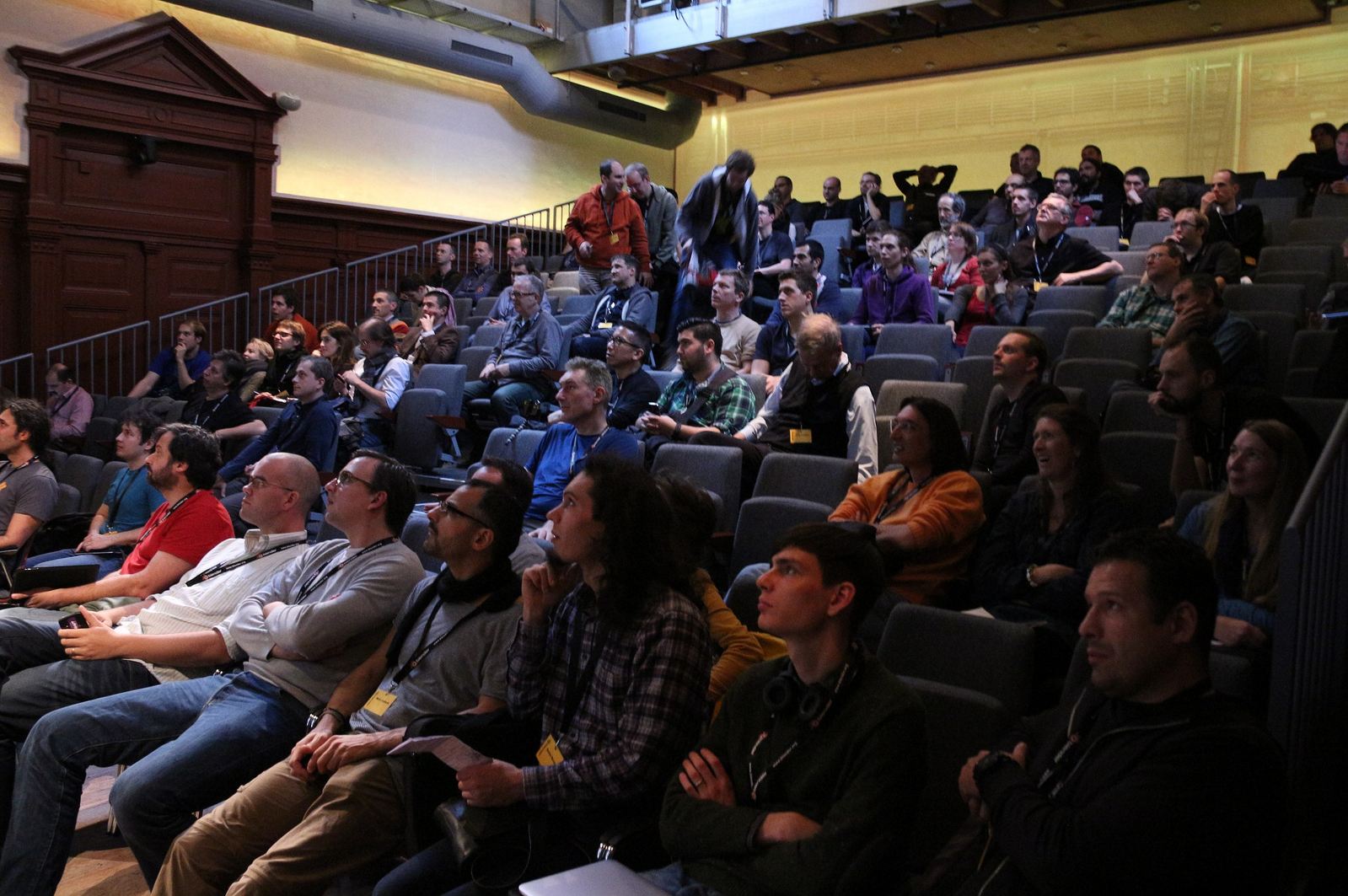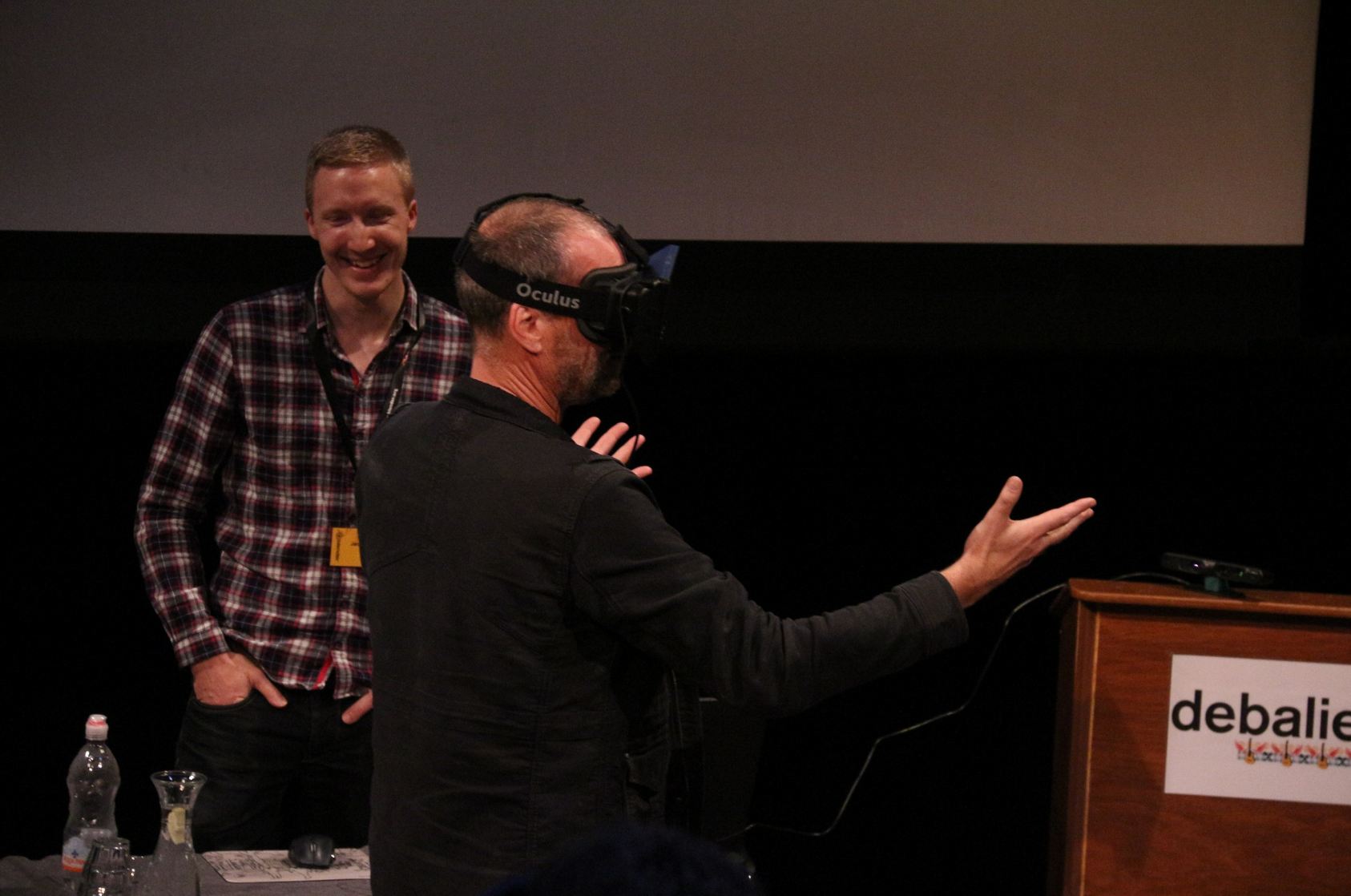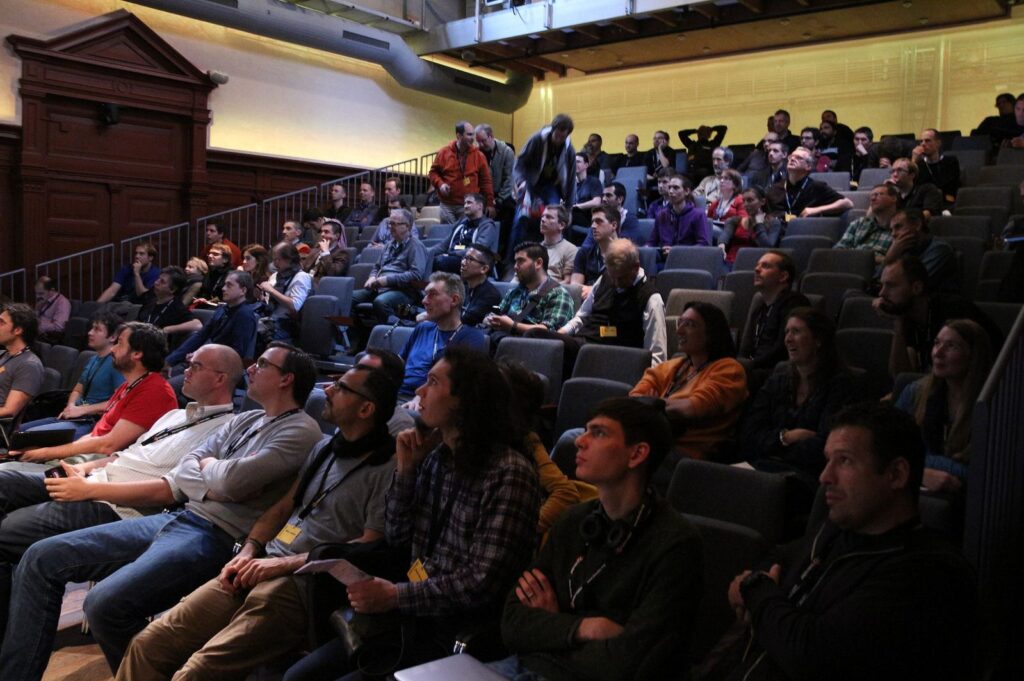Blender is a familiar name to those who are working with computer graphics. End of October, the Amsterdam based Blender Foundation organized its 12th Blender Conference. In fact this is a minor task of the foundation compared to the huge coordination job of the development of one of the most successfull 3D software programmes at the moment: Blender 3D.
The free, libre and open source software (FLOSS) is distributed on the internet and can be downloaded and installed very quickly from www.blender.org, the official website of the Blender Foundation, where you can also follow the development of the software and the community every day. Unlike many commercial examples of 3D computer graphics software gets Blender developed by its users, called the ‘stakeholders’ by Ton Rosendaal, the founder and director of Blender Foundation. He put 2002 Blender under public property licence and opened the source code for everyone who wants to contribute to the development of the software.
For kids of all ages

But to be a developer you don’t have to buy any shares or to get employed by the foundation. If you have any knowledge on coding languages like c++ or python and have ideas, you can immediately start to improve Blender. The software gives any artist around the world the possibility to produce animation films, visual effects for movies, computer games, art installations and even interactive art. But visual artists and enthusiastics about computer generad artwork are not the only users of the software, Blenders open structure enables school teachers to use it in education and scientists to simulate and visualise their data. Thanks to the powerfull and flexible interface of Blender every user is able to visualise any kind of digital input like statistics, measurements or just dreams and fantasies within a few hours. At his opening speech Ton Rosendaal also mentioned the idea of bringing an even simplier version of Blender called ‘Blender 101’ for kids to have an easy introduction.

The many possibilities Blender gives the users were reflected in the diverse topics at the Blender Conference, e.g. 3D printed plastic insects, plants and corals of japanese artist Shigeto Maeda fascinating what the nature would look like if it would start using higher geometrical numbers in her algorythmical functions. Matthieu Dupont de Dinechin giving in his fablab Viralata.fr workshops for the kids to use the same 3D printing machines easily with Blender. Fabrizzio Nunnari from the German Research Institute for Artificial Intelligence based in Saarbruecken presented his ongoing research about the possibility to use Blender with help of the infrared sensor devices like Kinect to enable the recognisation of sign language used by hearing impaired people, who have difficulties learning the written language based on a spoken language syntax. His institution is not alone using Blender for real time body tracking. Julius Tuomisto and Janne Karhu who run the innovative finnish company Delicode presented their software NI-Mate, which makes it for everyone possible to connect the common Kinect device with Blender to play with your own digital puppets using your whole body.
